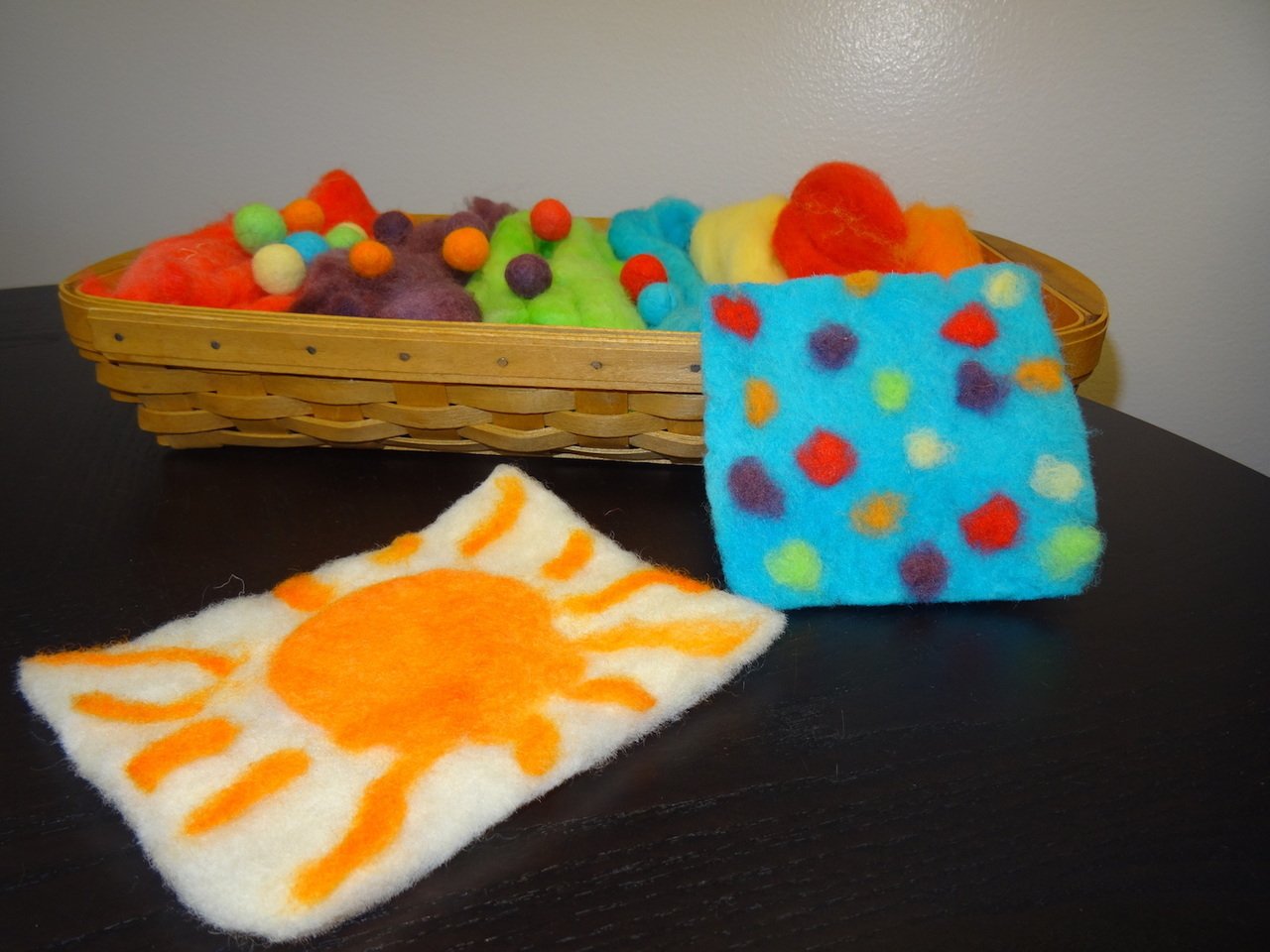Primary
A Tail of Two Sheep
Students compare and contrast hair sheep and wool sheep, discover the reasons why farmers raise sheep and explore ways farmers meet the needs of the sheep they raise. Grades K-2
Baa, Ram, Ewe... Sheep Tales
Students explore the process of making wool into cloth. Grades K-2
BOOK: The Goat Lady
Although their neighbors bemoan the "Goat Lady's" rundown house and barnyard animals, the children see how she cares for her goats, they hear her stories, and they come to love her. For many years Noelie has provided goat's milk for people who need it and has sent her extra goat kids to poor people in poor countries through the Heifer Project. The children's mother paints a series of portraits of the "Goat Lady," and her art show at the local town hall helps the rest of the community see Noelie's kindness and courage. Lesson associated with this book: Animal or Plant? (Grades K-2)
Intermediate
Bartering Through the Seasons
Students investigate the seasons, explore the process of wool production, and discover how trade and barter have historically allowed people to satisfy their needs and wants. Grades 3-5
BOOK: Beatrice's Goat
Page McBrier and Lori Lohstoeter beautifully recount the true story of Beatrice, a young girl from Uganda, Africa, who longs to go to school more than anything else. Unfortunately, only children who can afford uniforms and books can go to school, and with five other brothers and sisters, Beatrice knows that her family is much too poor. But then Beatrice receives a wonderful gift: a goat that will give milk that she can sell. Thanks to Heifer Project International - a charitable organization that donates livestock to poor communities around the world - Beatrice and other families like hers will have a chance to change their lives. The book is based on a true story.
Lessons Associated with this Resource - Hunger and Malnutrition (Grades 3-5)
From Wool to Wheel
Students investigate how the need for wool impacted the American colonists by examining the Wool Act of 1699, determining the importance of wool in colonial America, and comparing and contrasting the differences between processing wool then and now. Students spin, weave, and dye wool to explore how wool was processed in Colonial times. Grades 3-5
Hands-On With Wool
Spinning, dyeing, weaving, and felting wool can easily be done in the classroom. This activity provides instructions and a materials list, making it easy to prepare a hands-on wool project for your class. Wool processing is a topic that connects easily to lessons in history and science.
Secondary
A Common Thread: The Significance of Wool in Medieval England
Students will understand how agriculture influenced and shaped culture, class, and society during the Middle Ages. Grades 6-8
Clothes on the Grow
Students will gain a broad understanding of the types and sources of different fibers, examining their origins and observing their differences. Activities in this lesson include examining clothing and clothing labels and observing how different types of fabrics burn. Grades 6-8
Growing a Nation Era 1a: Seeds of Change
Students will engage with the Growing a Nation timeline to explore the significant historical and agricultural events and inventions from American history during the years 1600-1929. Students will recognize the importance of labor in agriculture, discover how the implementation of technology increased agricultural production, and explore the role wool played during this era. Grades 9-12
Silky Genes
Students will simulate the process of gene splicing, understand the application of transgenic organisms in agriculture, and see how goats can be used for the production of goods other than meat and milk through the use of biotechnology. Grades 9-12
Taming the Wild Aurochs
Students will read about and research the domestication of animals to better understand why and how they are raised on a farm. They will create a timeline of animal domestication. Grades 6-8





